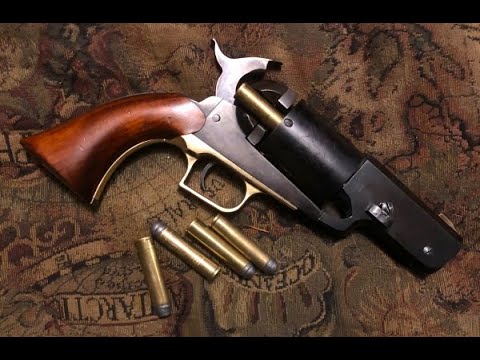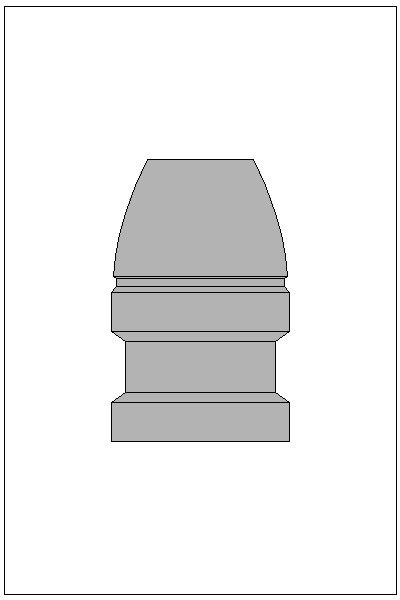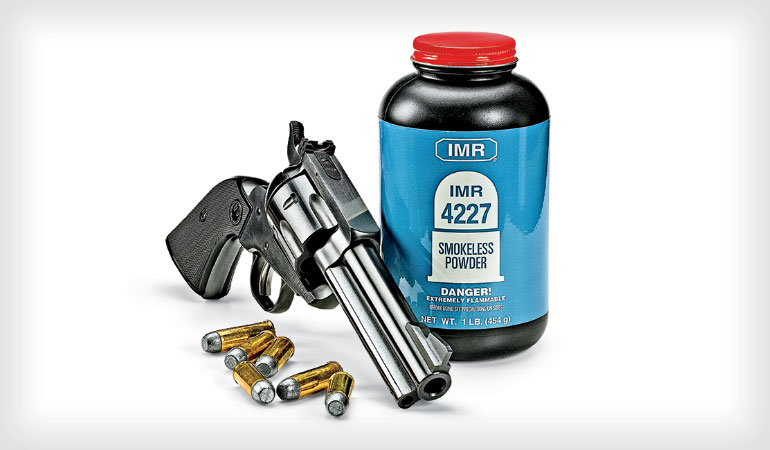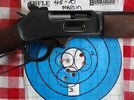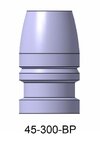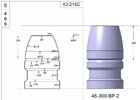When reloading using smokeless powder, my (and everybody else's) biggest concern is that right amount of powder is dumped in each case. As a standard practice, I reload on sunny day, in the morning or afternoon. After dumping powder in cases, as a last checking before bullet seating, I take a trey outside on a sunlight, tilt it the tray to get shadow on the edge of powder in cases, and making sure that the powder level is the same in all of them. Yep, the last thing we want is a double charge, and it could be done when using faster burning powders in large caliber rounds.
Then, one day I was watching on internet folks reloading 45 Colt ammo for Ruger NMBH, and it struck me like lightning; there is no way that 45 Colt could be double charged nor overloaded (at least for Ruger revolvers) using FFFG black powder! Loads are in range 35 to 40 grains, behind 255-260 grains bullet, and according to some reports, from 7,5" barrel revolver muzzle velocity could easily reach 1000 fps. Well, 40 grains looks bit too optimistic, but some claim that using drop tube and 260 LBT style bullet, protruding .450" from the case, 40 grains isn't unrealistic. And if less carefull reloader dumps to much powder, powder will overspill, or bullet just couldn't be seated. Nice "built in" safety!
And we have .480 Ruger! If we want more wallop, using black powder, than from 45 Colt, .480 seems to me right way to go, because of its cavernous case that will take larger amount of powder (something like 11%). With all out stainless steel .480 Bisley and longer 6.5" barrel, all looks better than 45 Colt.
Anybody loading top loads using black powder for 45 Colt or 480 Ruger? As for later one, I am guessing that 260-270 grain bullet should be close to 1100 fps. Just courious what would be muzzle velocity using 300 grain bullet?
BTW, any real benefit using gas check bullets with black powder? If gas check reduces leading considerably using smokless ammunition, I guess that with gas check leading and BP fouling should be way less than with plain base lead bullets.
P.S. There are also .475 and .500 revolvers, but even BFR and FA are rare, never mind those custom revolvers from top gunsmiths. However, I doubt that more than a few are shooting black powder ammo from those revolvers.
Then, one day I was watching on internet folks reloading 45 Colt ammo for Ruger NMBH, and it struck me like lightning; there is no way that 45 Colt could be double charged nor overloaded (at least for Ruger revolvers) using FFFG black powder! Loads are in range 35 to 40 grains, behind 255-260 grains bullet, and according to some reports, from 7,5" barrel revolver muzzle velocity could easily reach 1000 fps. Well, 40 grains looks bit too optimistic, but some claim that using drop tube and 260 LBT style bullet, protruding .450" from the case, 40 grains isn't unrealistic. And if less carefull reloader dumps to much powder, powder will overspill, or bullet just couldn't be seated. Nice "built in" safety!
And we have .480 Ruger! If we want more wallop, using black powder, than from 45 Colt, .480 seems to me right way to go, because of its cavernous case that will take larger amount of powder (something like 11%). With all out stainless steel .480 Bisley and longer 6.5" barrel, all looks better than 45 Colt.
Anybody loading top loads using black powder for 45 Colt or 480 Ruger? As for later one, I am guessing that 260-270 grain bullet should be close to 1100 fps. Just courious what would be muzzle velocity using 300 grain bullet?
BTW, any real benefit using gas check bullets with black powder? If gas check reduces leading considerably using smokless ammunition, I guess that with gas check leading and BP fouling should be way less than with plain base lead bullets.
P.S. There are also .475 and .500 revolvers, but even BFR and FA are rare, never mind those custom revolvers from top gunsmiths. However, I doubt that more than a few are shooting black powder ammo from those revolvers.
Last edited:


